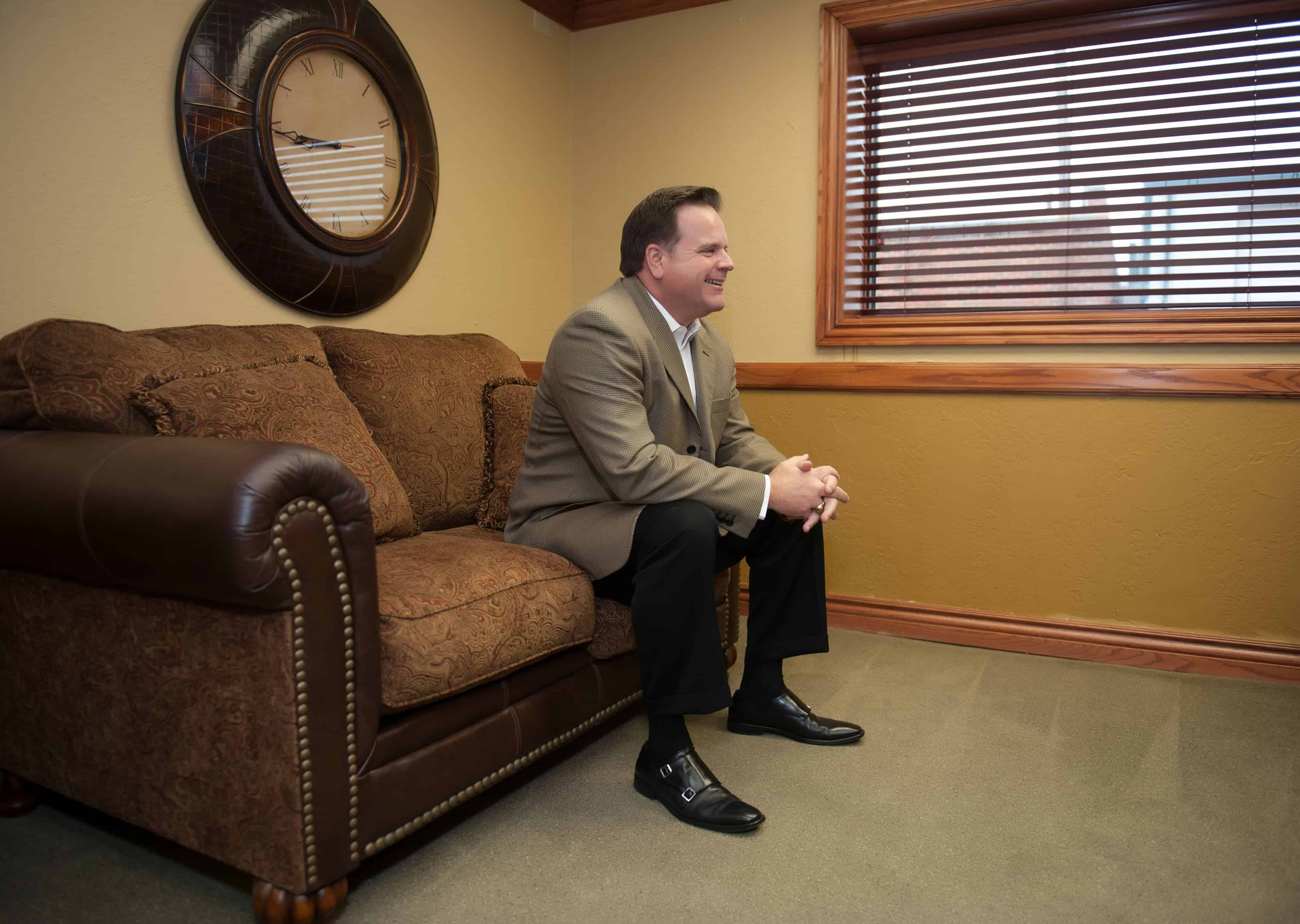You have worked hard for many years to accumulate the assets you utilize to sustain your retirement. This balance sheet of tangible and intangible items may last beyond your needs. What are you to do with the remainder of this estate?
As the owner of the assets, you possess a tremendous power of control. You may have heard, as I did, that “you can’t control what happens after you die”. Of course, this is a false statement! To benefit those you love, it is important to properly describe beneficiaries and charities in your estate planning. But there is a simpler method of transitioning assets to your loved ones. The secret is proper asset titling.
Let’s assume you own a parcel of land and a home in fee simple title. The property has no mortgage or claims against it and you wish for your children to own the home after you die. Instead of probating the property as part of your estate, simply consider the retitling of the deed to the property. Depending on the state of domicile, or location, of the property, you may be able to transfer the property to your beneficiaries (i.e., kids or other loved ones) through the filing of a transfer on death deed.
This process is simple and effective. However, there are a few caveats to this type of transfer. For example, the beneficiaries named on the deed must convert the title to their own name(s) within 90 days of death or the beneficial statement of the deed is void. Most real estate in Oklahoma may be conveyed to beneficiaries in this manner.
Other assets such as bank accounts may be transitioned to beneficiaries in a similar manner. By placing a paid-on death designation on the account, upon your death, the named individual(s) will receive the balance of the account without the process of probate. Checking, savings, certificates of deposit and other banking accounts may be conveyed using this type of designation.
Your individual retirement account and Roth accounts may be transferred to your heirs by using properly prepared designation forms. These qualified accounts require the naming of beneficiaries when establishing the accounts. Should you not be clear on the person(s) you wish to leave the account at the time of funding and opening, many people simply leave the assets to their estate. In my humble opinion, this is the last option. If you were to prematurely die, the assets will be owned by your estate and many tax planning options are lost.
Other types of investment accounts may be conveyed with a transfer on death designation form. You may name as manner beneficiaries as you desire to receive a portion of the account upon your death.
Life insurance policies require a beneficiary to be stipulated when procuring the policy. One horror story comes to mind where an individual divorced later in life to marry a much younger woman. His wife of 39 years was his beneficiary when he purchased the policy a year after they were married. During the divorce the assets were separated and support was sought for the wife. He agreed to pay alimony for a set term of years to resolve further property division.
As part of the divorce agreement, the paid-up life insurance policy and its $2,000,000 death benefit would remain in his ownership. After marrying his new bride of 28 years of age only two months after the divorce decree was filed, the man dies of a heart attack. Thinking she had just become a millionaire; the new bride attempts to claim the death benefits of the life policy. To her surprise, and angst, her new husband had not changed his beneficiary on the life policy even though he had been advised by his financial advisor to do so. The moral of this story is to annually verify your beneficiary designations name those you truly wish to receive your assets. Meanwhile, the ex-wife is smiling all the way to the bank!
A best practice in September of each year is to review two tasks: 1) check your beneficiary designations on your financial and other assets; and 2) check the battery in your smoke detectors.
If your estate plans are not complete, or existent, seek out a CERTIFIED FINANCIAL PLANNER™ professional to help you plan for the best outcomes in your life. See you on the jogging trail!









